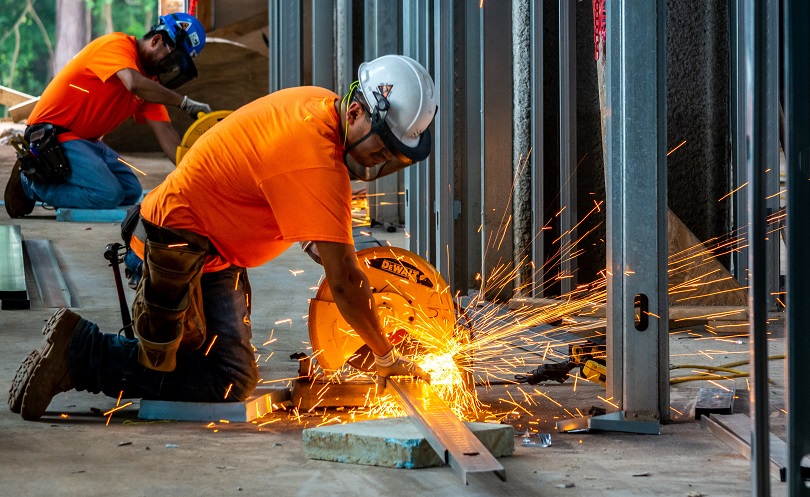Workplace safety is the most important aspect on ensuring the well-being of employees and the success of any organization. Accidents, injuries, and fatalities can have far-reaching consequences, both personally and professionally. To mitigate these risks, the Job Safety Analysis (JSA) has its role in the process. Lets see how the Job Safety Analysis can help to improve our working process.
Job Safety Analysis (JSA)
Job Safety Analysis, also known as Job Hazard Analysis (JHA) in some contexts, has a rich history rooted in the development of occupational safety practices. It emerged as a response to the pressing need to reduce workplace accidents and injuries, particularly in industries with high-risk operations such as construction, manufacturing, and mining.
Today, Job Safety Analysis has evolved into a comprehensive process that encompasses a wide range of industries and job roles. It has become an integral part of occupational safety programs worldwide, ensuring that organizations prioritize the well-being of their employees.

The Methodology of Job Safety Analysis
At its core, Job Safety Analysis is a systematic approach to identifying, assessing, and mitigating potential hazards associated with specific job tasks. The methodology can be divided into several key steps:
1. Hazard Identification
The JSA process begins with identifying potential hazards within a job task or process. These hazards can vary widely, including:
Physical Hazards: Such as machinery, equipment, sharp objects, and falls.
Chemical Hazards: Involving exposure to harmful substances or hazardous materials.
Biological Hazards: Risks related to exposure to pathogens or biological agents.
Ergonomic Hazards: Arising from repetitive motions, awkward postures, or excessive lifting.
Psychosocial Hazards: Covering stress, workplace violence, and other mental and emotional factors.
2. Task Analysis
Once hazards are identified, the next step of the Job Safety Analysis is to identify each task within a job process. This involves breaking down the job into individual steps, assessing the inherent risks of each step, and determining the appropriate safety measures to reduce or eliminate those risks. The task analysis ensures a granular understanding of the job’s complexities and the associated safety concerns.
3. Involving Employees
Job Safety Analysis is not a top-down process imposed solely by management. Rather, it encourages collaboration between management and employees who are intimately familiar with the job tasks. Employees often have valuable insights into the practical aspects of their work and can contribute significantly to the identification and mitigation of hazards. Involving employees in JSA fosters a sense of ownership and commitment to safety.
4. Developing Safe Work Procedures
One of the primary outcomes of the Job Safety Analysis process is the development of safe work procedures. These procedures outline the steps to be followed, the tools and equipment required, and the safety precautions to be taken during the job. They serve as a comprehensive guide for employees, ensuring that everyone is aware of how to perform the job safely.
5. Training and Communication
Implementing JSA involves training employees on the identified safety procedures and ensuring effective communication of safety protocols. This ensures that all team members are aware of the potential hazards and know how to protect themselves and their colleagues. Regular communication about safety procedures and updates is essential to maintaining a safe work environment.
6. Continuous Improvement
JSA is not a one-time activity but rather an ongoing process. JSA is a live process and it must adapt to changes in job tasks, equipment, or work environments. Regular reviews and updates of JSA documents are essential to keeping safety measures current and effective. Continuous improvement ensures that the organization remains vigilant in its commitment to workplace safety.

Job Safety Analysis is an indispensable tool for promoting workplace safety in organizations of all sizes and across diverse industries. By systematically identifying, assessing, and mitigating hazards associated with job tasks, JSA not only protects employees from harm but also safeguards an organization’s reputation and bottom line. It is a win-win approach that benefits everyone involved and paves the way for a brighter and safer future in the workplace.

Comments
One response to “6 Essential Steps of Job Safety Analysis (JSA)”
[…] In this article, we will delve into the reasons why winter tires are essential for ensuring a safe driving experience in cold and challenging weather […]